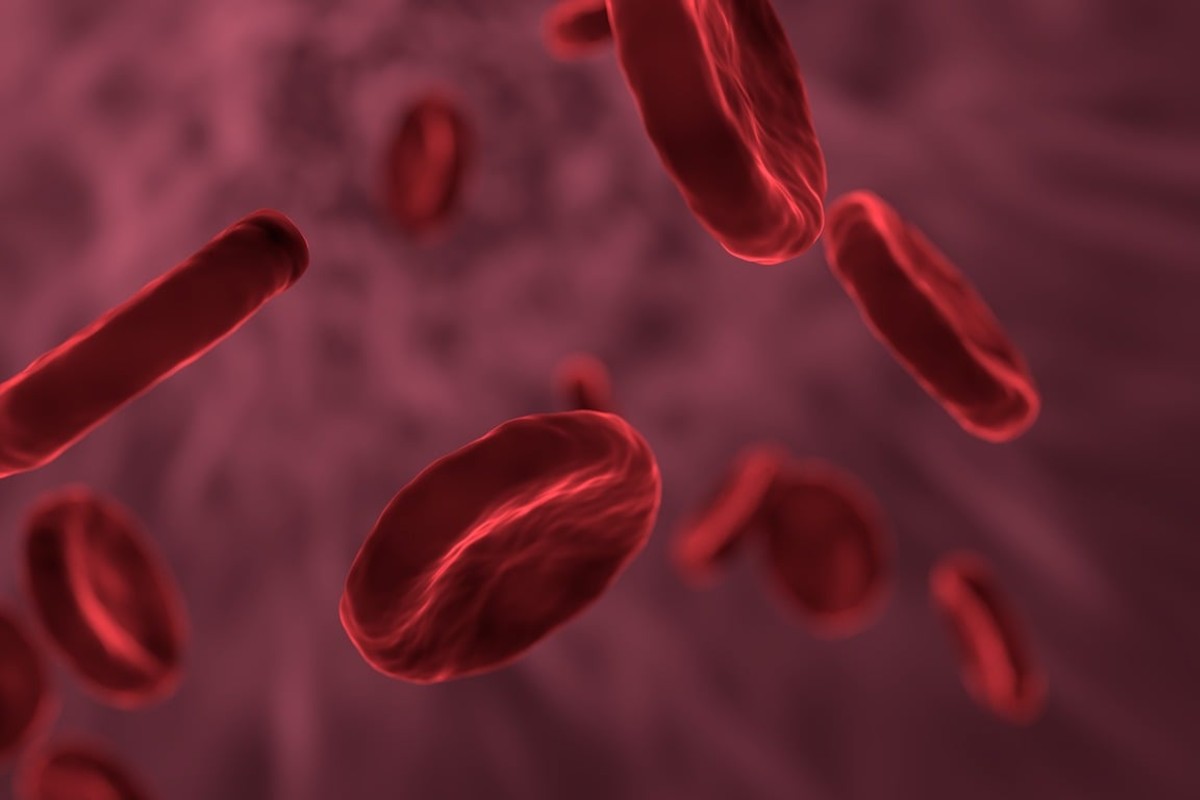A new study found the elective waiting list in England will need to be more halved (54%) to meet the Government target of 92% of people waiting no more than 18 weeks by the end of this Parliament.
Study author, Dr Richard Wood, said: 'This study underscores the challenge still required to improve waiting times. Since August 2022, numbers awaiting consultant-led elective treatment have remained above 7m, with 61.8% currently waiting under the 18-week threshold. By our estimates, the waiting list is required to halve to 3.4m in order to restore the 92% 18-week target.'
The 92% target was last met in 2015 with just 61.8% of patients starting elective treatment within 18 weeks or less in September 2025. One million people will need to be removed from the waiting list each year to meet the target.
With the majority of people on NHS waiting lists in England in need of an outpatient appointment rather than an operation, the RCP said reform of planned specialist care was essential.
The findings revealed significant variation in regional waiting lists, with a 60% reduction required in the East of England, for example.
The RCP said surgical specialists such as trauma and orthopaedics needed to cut their waiting list the most, with cardiothoracic surgery seeing more harm from long waits.
Reaction
Liberal Democrat health spokesperson Helen Morgan said: ‘We need transformative change to revive our NHS, not sticking plasters. That change will only happen when we address the underlying problems, starting with social care and fixing the appalling crisis in our GP services. The Government must urgently change course and invest in the reforms we need or patients will pay the price.'
A Department of Health and Social Care spokesperson said: ‘Waiting lists are falling for the first time in over a decade thanks to our modernisation and record investment. We've cut backlogs by more than 230,000 and over-achieved on our target for additional appointments – delivering more than 5m extra.
‘Health service productivity is up 2.7% on the last financial year, we're saving billions by cutting bureaucracy, and our rollout of community diagnostic centres, many of which are now open 12 hours a day, 7 days a week, is delivering more tests, checks and scans closer to home.
‘But we know there's more to do. We've set an ambitious but achievable target to get 92% of patients seen within 18 weeks by the end of this Parliament – something that hasn't been achieved in more than a decade.'



